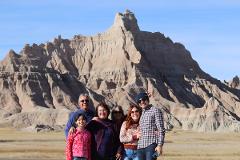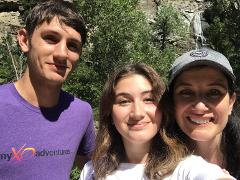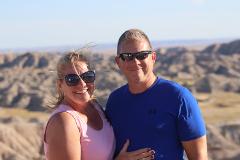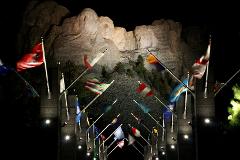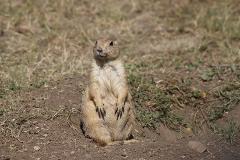Black Hills Highlights with Authentic Native American Experience
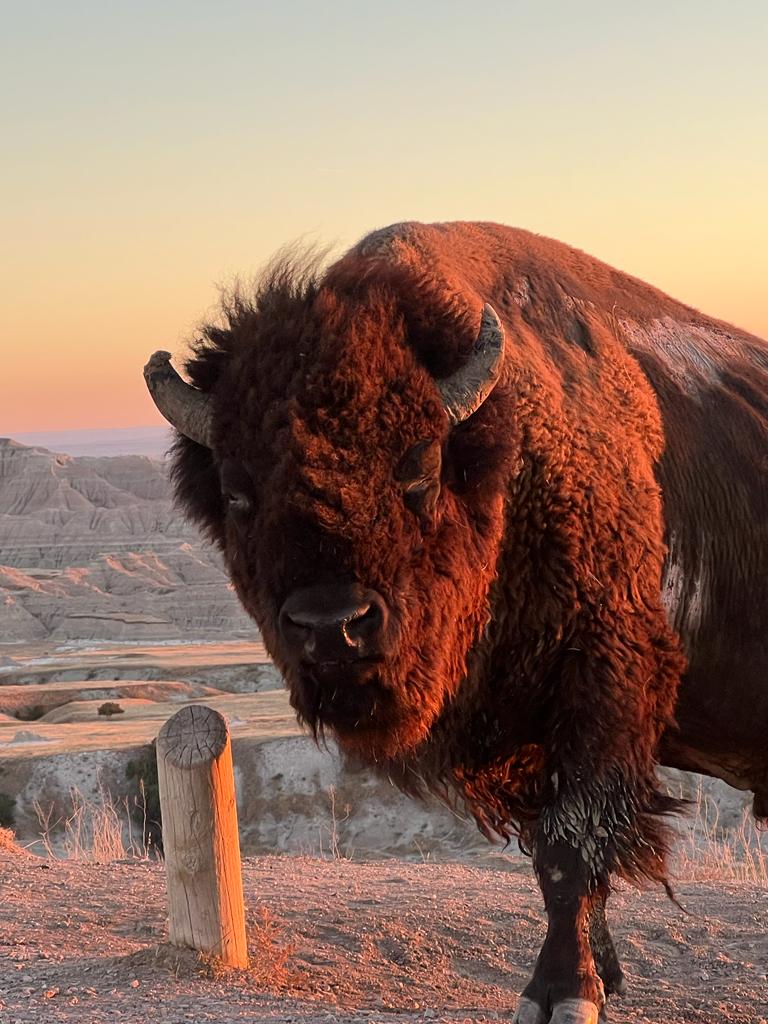
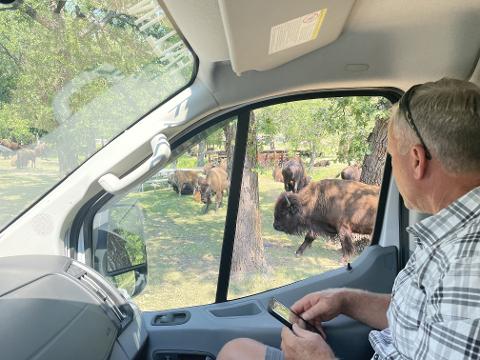
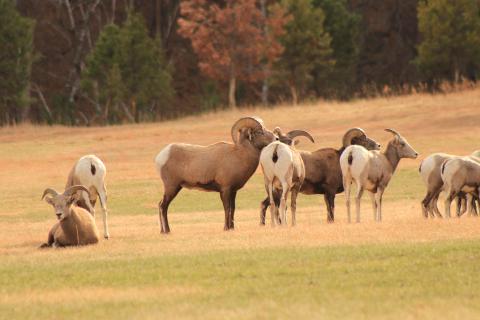
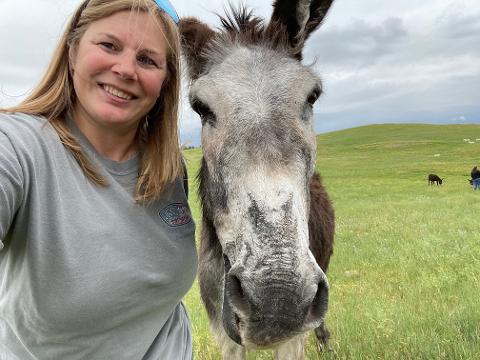
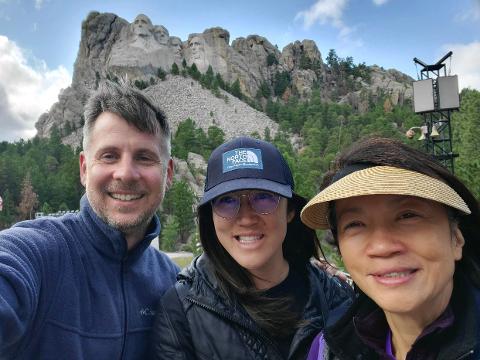
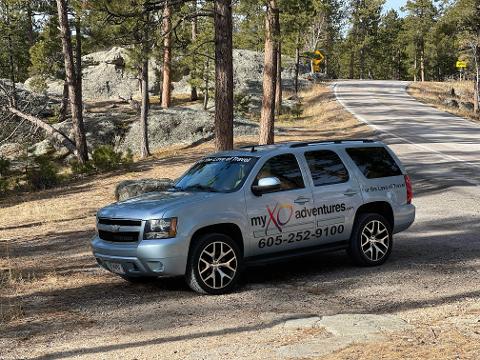
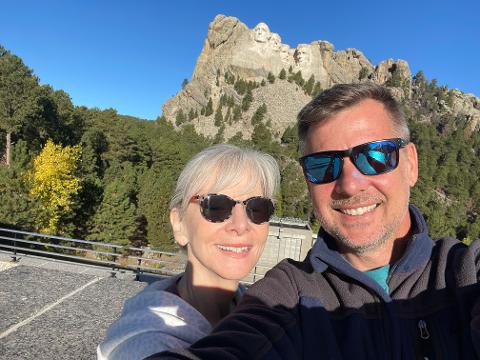
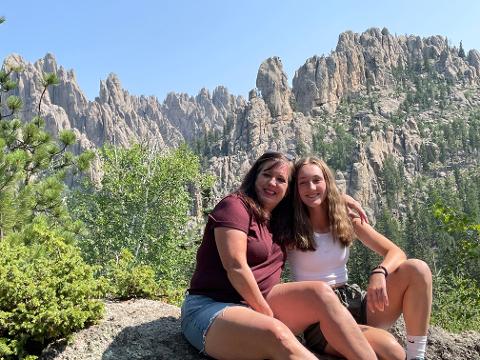
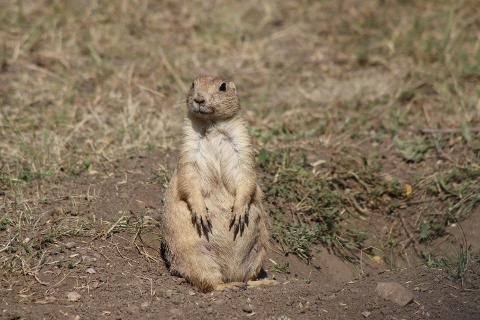
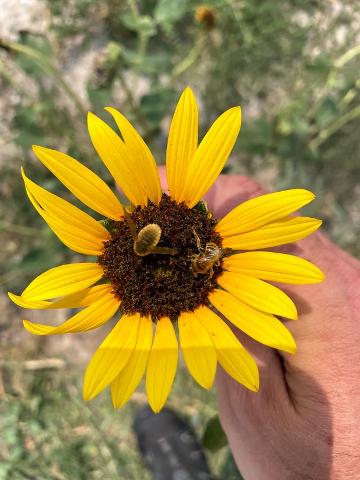
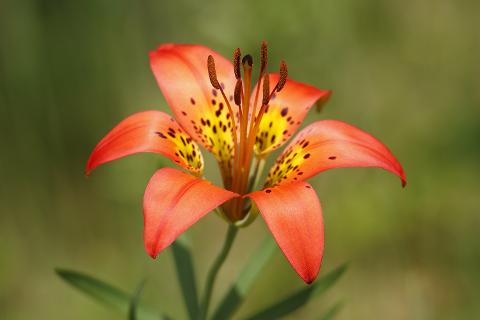
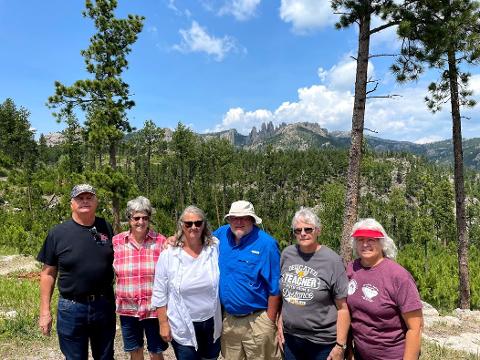


- Kesto: 9 Tunnit (noin)
- Paikka: Rapid City, SD
Your tour starts with a private pickup and friendly guides directly from your accommodations. Once on board, your adventure begins!
As we drive out to the Six Grandfathers, we learn about the Black Hills. The origin story of the Lakota People starts in this land, and our representative will teach you along the way. Stops to see the Black Hills range will be en route. While talking about the Black Hills, we travel through the town of Keystone, one of the first places gold was found and European settlers came, regardless of the Treaty of Fort Laramie in 1868. Keystone and the infamous Deadwood, SD, were illegal settlements violating this treaty.
As we approach the Six Grandfathers, we'll stop for photos. You can see the faces of the American Presidents on our approach. When reaching Mount Rushmore, we'll walk up the Avenue of the Flags and stop at the Grandview Terrace to overview of the monument.
After photos, you'll be guided down to the amphitheater, where the storytelling begins. Learn what the mountain represents to the Lakota People, how it came about, and what most visitors think of it today. You'll have a chance to see Lincoln Borglum Visitor Center or walk the Presidential Trail.
Next is our drive along Iron Mountain Road, one of the most sought-after drives by car and motorcycle enthusiasts. Ponderosa Pine, Aspens, and wildlife of the Black Hills can be seen along the way. Keep an eye out for deer, marmots, chipmunks, and more!
Everything we see along the way is symbolic, even the road. It was opened in 1933 and is considered one of the most fantastic roads in America. Mother Nature showcases scenery along the way. You'll be able to stop at a few locations like Norbeck Overlook and the Iron Mountain Road Visitors Center.
Iron Mountain Road is 17 miles long and takes us from the Six Grandfathers to Custer State Park. Along the way, we'll go through three tunnels cut through the granite. We'll quickly stop at the visitor center before continuing to Wildlife Loop Road. If you're wondering where the Buffalo come in on this tour, it's here. While the Buffalo is the largest mammal you'll see, there are many vital others. Prairie Dogs, Mule Deer, Whitetail Deer, Bighorn Sheep, turkey, bobcats, mountain lions, and numerous birds can be seen on your tour. The loop takes us through the park and to our lunch location. We'll enjoy a picnic if the weather is great. If not, stopping at a restaurant in Custer would do us nicely.
After lunch, we continue on to another spectacular road - The Needles Highway. Part of Peter Norbeck National Scenic Byway winds up the mountains and through three tunnels. The most famous is Needles Eye Tunnel. We'll stop for photos along the way and end at Sylvan Lake.
Sylvan Lake is one of the prettiest in the Black Hills. The movie National Treasure II was filmed here, and you'll see why. The mighty granite rises from the waters, casting shadows on the mostly still lake. If we're lucky, Sylvan Lake is a mirror reflecting the formations above to the clear waters below.
After our unbelievable drive, we make our way to Crazy Horse Memorial. You'll learn about the carver, Korczak Ziolkowski and Crazy Horse. There's a good reason Crazy Horse was chosen, but the story doesn't go without controversy. We'll cover all this before entering the museum.
Once finished, Crazy Horse will be the largest sculpture in the world. Its most important role is keeping the Lakota Story alive for all. We have about an hour at Crazy Horse Memorial, so enjoy. Often times there are cultural presentations and an artist in residency. Let's see who they are and what culture they're presenting today.
While we head home, any questions you have will be answered while you kick back and relax for the journey back to your accommodations. Your Black Hills Tour and Native American Experience comes to an end, but the journey continues. We hope you take another tour with us during your vacation to the Black Hills and Badlands of South Dakota.









